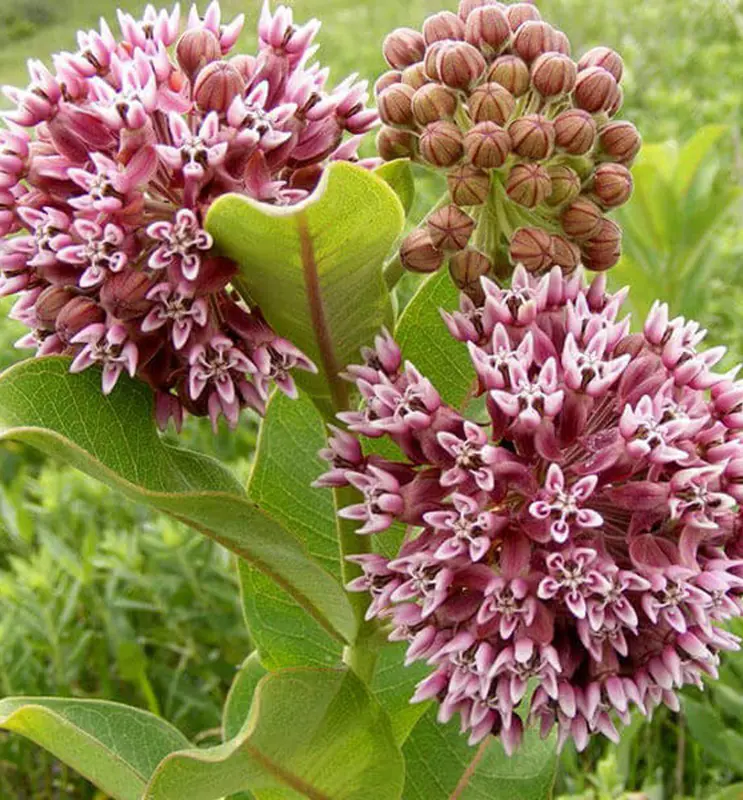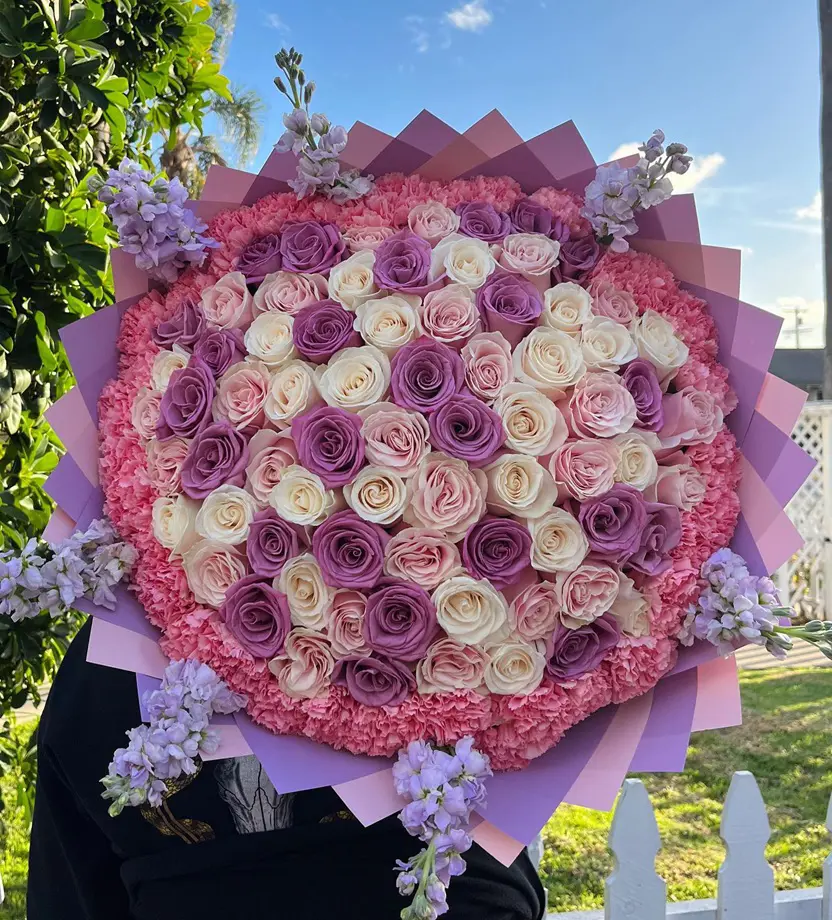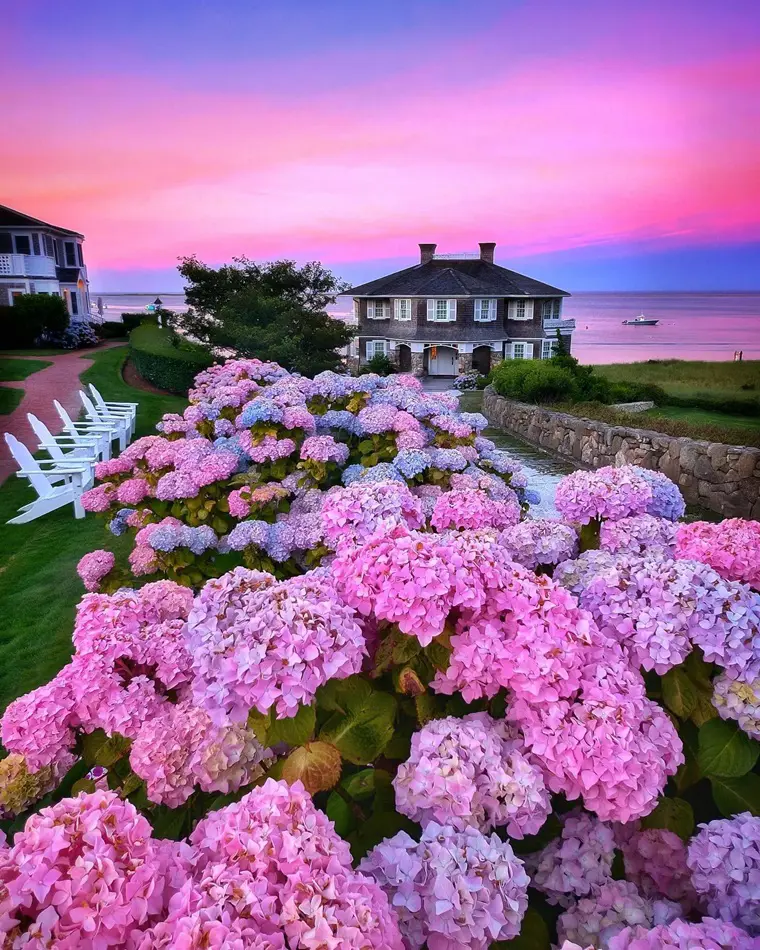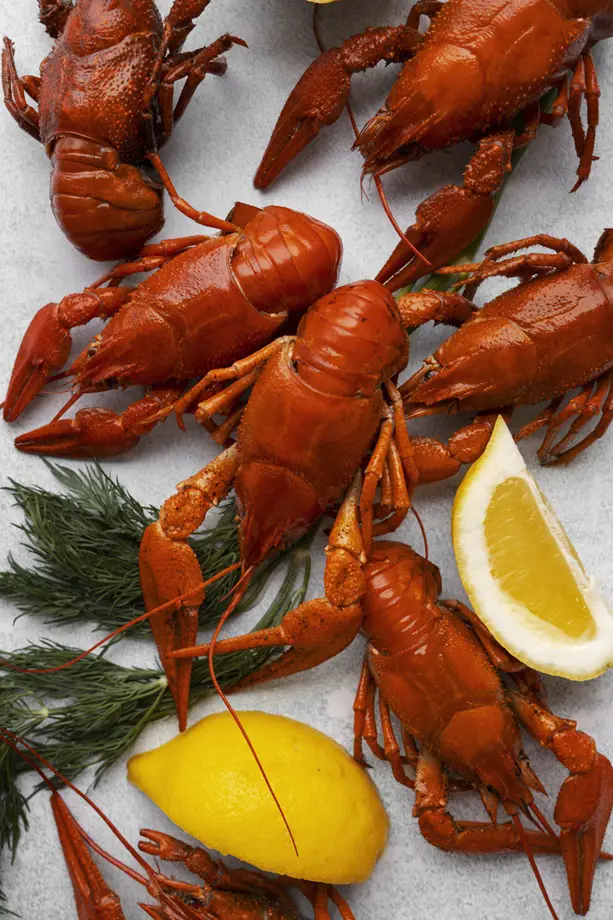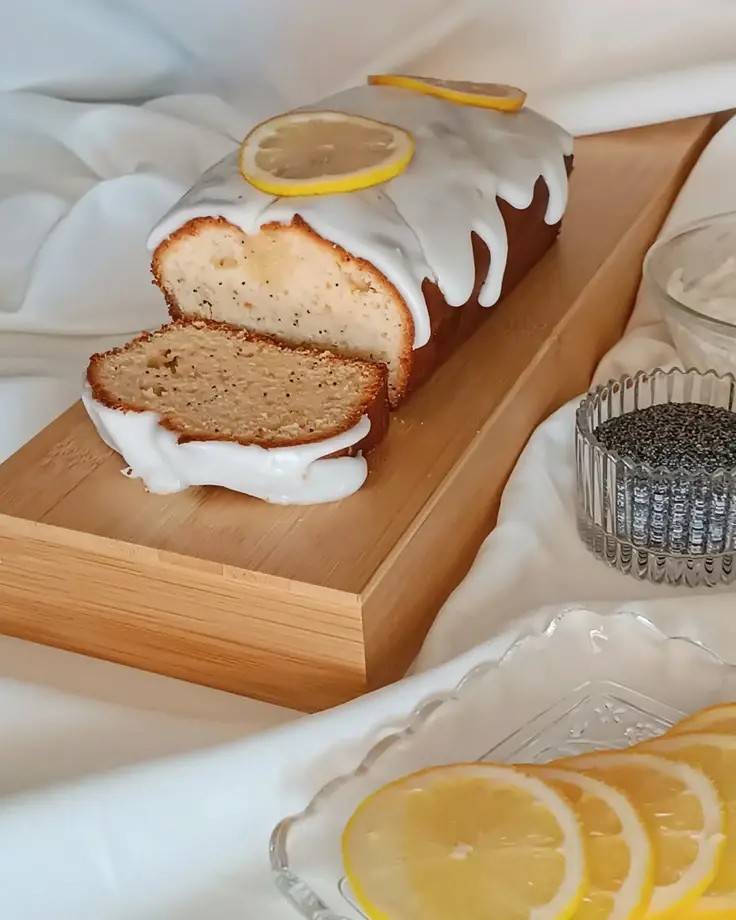USDA Growing Zones Chart For Plants

This post may contain affiliate links. If you make a purchase through links on our site, we may earn a commission.
The growing zone, also known as a hardiness zone, is a geographical area defined by climate conditions that affect plant growth and survival. The USDA Growing Zones Chart, also known as the USDA Plant Hardiness Zone Map, is a valuable tool for gardeners, farmers, and horticulturists.
Developed by the United States Department of Agriculture, the chart divides North America into zones based on average annual minimum winter temperatures. These zones help individuals determine which plants are most likely to thrive in their specific climate conditions, guiding decisions about plant selection and care.
Concept Of Growing Zones
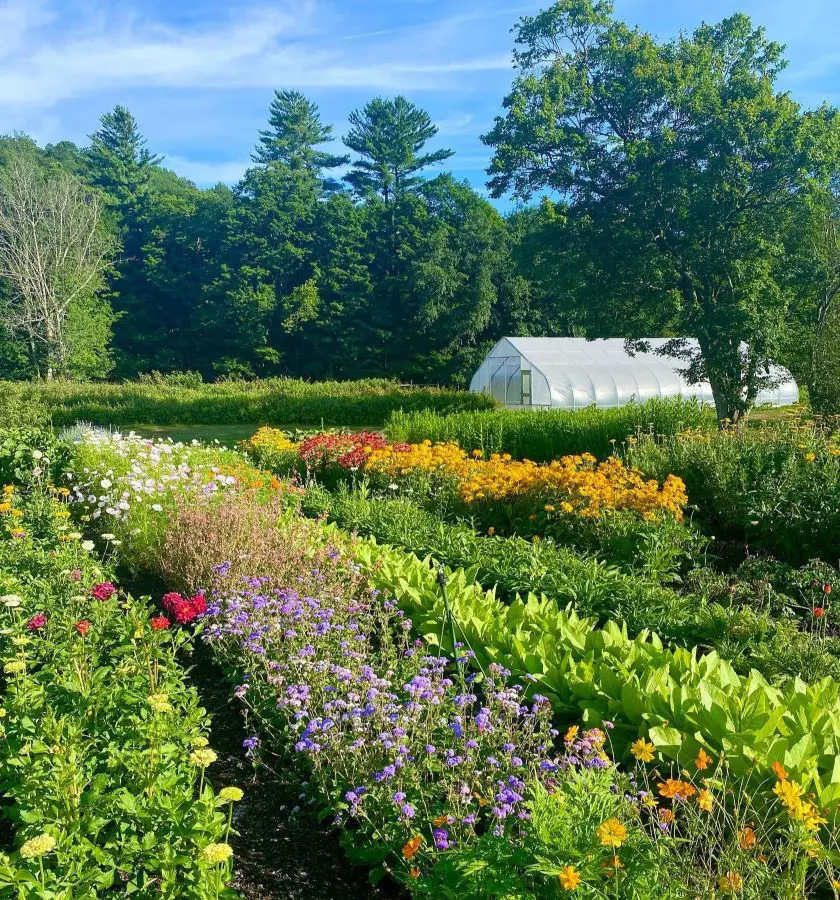
Growing zones are specific regions determined by their average coldest temperatures each year, which impacts how well plants can survive there. These zones help determine which plants are best suited to thrive in a particular region. By selecting plants adapted to their growing zone, individuals can increase the likelihood of successful cultivation and healthier plant growth.
Knowing your zone is crucial for selecting the right plants that will thrive in your area. When you're choosing plants, check for the zone number on tags or in catalogs to see if they're suitable for your climate. However, remember that while zones are important, other factors like soil, humidity, and sunlight also impact plant growth.
The USDA Hardiness Zone Map was created in the 1960s and has been updated over time to match changing climate patterns. Its main goal is to help gardeners, farmers, and researchers figure out which plants will do best in their area by considering the typical coldest temperatures of winter.
Growing Zones Chart
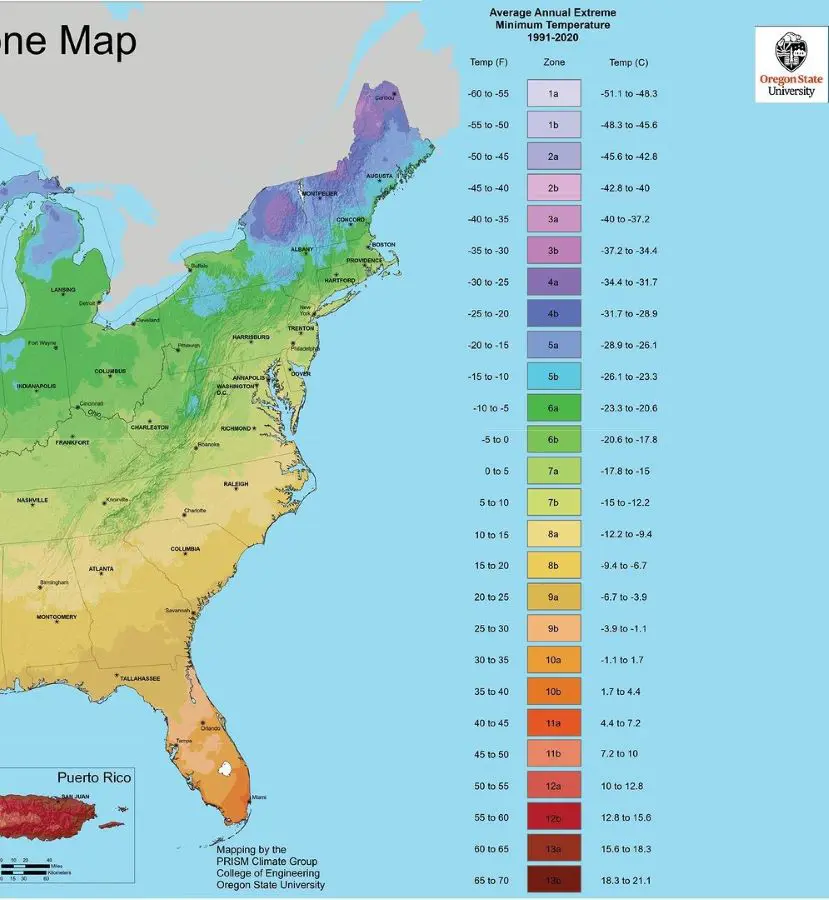
The USDA Growing Zones Chart divides North America into 13 main zones based on how cold it gets in winter, with smaller subzones labeled 'a' or 'b' for more specific temperature differences. These zones range from the coldest (Zone 1) to the warmest (Zone 13), each covering a 10°F range. In short, the USDA Growing Zones Chart is organized into three primary components:
- Primary Zones: Divide North America into 13 zones based on average annual minimum winter temperatures, ranging from 1 (the coldest) to 13 (the warmest).
- Subzones: Identified by letters ('a' or 'b') to indicate warmer or cooler parts of the zone, respectively.
- Temperature Range: Within each primary zone, the temperature difference is 10°F. For instance, Zone 6 includes areas where the average annual minimum temperature falls between -10°F and 0°F.
Temperature Range and Its Implications
The USDA Hardiness Zones show different temperature ranges, indicating the average coldest winter temperatures in specific areas. These temperature ranges have important effects on how plants survive and grow. Here's a breakdown of each range and what it means for plants to survive:
- Zone 1a: As low as -60°F
- Only extremely cold-hardy plants can survive in this zone, like Arctic willow and Labrador tea
- Zone 1b: -55°F to -50°F
- Limited plant selection; plants must be exceptionally cold-resistant
- Zone 2a: -50°F to -45°F
- Plants need to be very cold-hardy to survive in this zone
- Zone 2b: -45°F to -40°F
- Suitable for cold-hardy plants but still challenging for many species
- Zone 3a: -40°F to -35°F
- Cold-hardy plants are required; a moderate selection is available
- Zone 3b: -35°F to -30°F
- More plant options compared to lower zones are still limited
- Zone 4a: -30°F to -25°F
- Suitable for a wider range of plants, including some fruit trees and perennials
- Zone 4b: -25°F to -20°F
- Expanded plant selection, including many common garden plants
- Zone 5a: -20°F to -15°F
- Ideal for a variety of garden plants, including roses and vegetables
- Zone 5b: -15°F to-10°F
- A broad plant selection is available, suitable for diverse gardening options
- Zone 6a: -10°F to -5°F
- Extensive plant choices, including many popular landscape plants and flowers
- Zone 6b: -5°F to 0°F
- Favorable conditions for a wide range of plants, allowing for diverse gardening opportunities
- Zone 7a and above: warmer winter temperatures above freezing
- Supports a vast array of plant species, providing ample choices for gardening enthusiasts
Understanding these temperature ranges helps gardeners select plants that can withstand the specific winter conditions of their region and increase the chances of successful growth and survival.
Well Known Locations With Corresponding Zones
Famous places and their corresponding USDA Hardiness Zones are:
- New York City, NY: Zone 7a
- Chicago, IL: Zone 5b
- Denver, CO: Zone 5b
- Phoenix, AZ: Zone 9b
- Anchorage, AK: Zone 3b
- Miami, FL: Zone 10b
- Seattle, WA: Zone 8b
- Atlanta, GA: Zone 7b
- San Francisco, CA: Zone 9b
- Washington, DC: Zone 7a
These zones give a rough idea and might change a bit based on height and small climate differences within an area. Remember, these zones are just a basic guide, and other things like the environment also matter when picking plants for a place.
Matching Plants to Your Zone
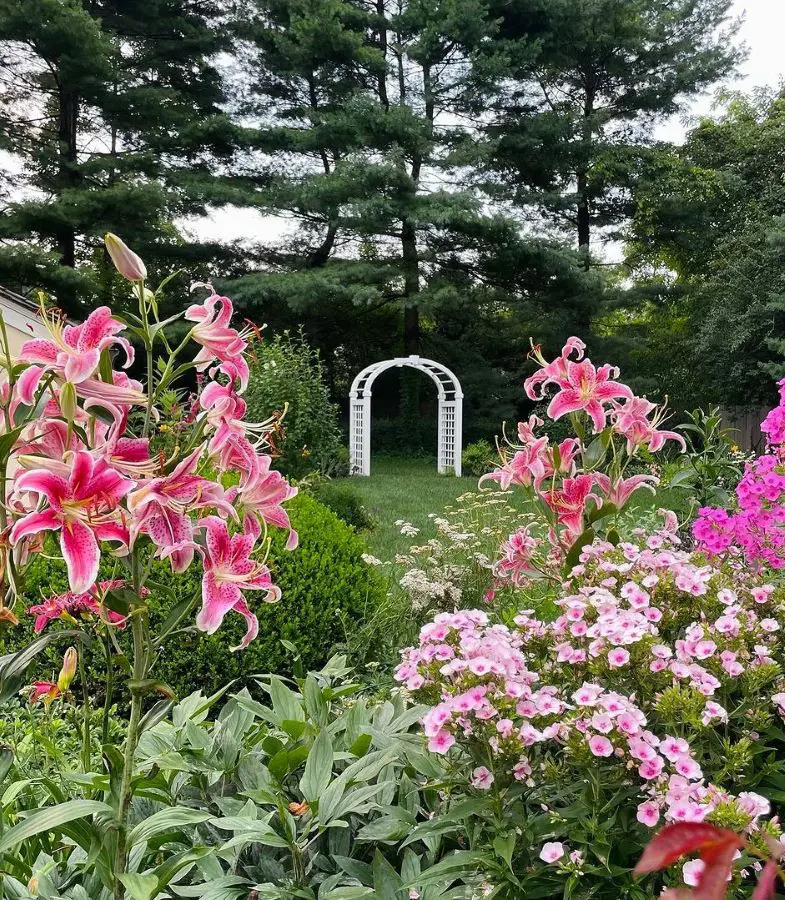
To pick plants that match your USDA Hardiness Zone, you need to understand the specific numerical and alphabetical codes given by the U.S. Department of Agriculture for each part of the country.
To determine what zone a plant needs, you can look at the tag or catalog, which usually says the range of zones where it can grow well. For example, a plant marked "hardy to zone 5" can handle temperatures from -20 to -15°F. You can also use tools like the USDA Hardiness Zone Map or websites where you put in your zip code to find your zone. Once you know your zone, you can choose plants that fit your area's weather.
Importance of Matching Zones
Matching plants to the appropriate USDA Hardiness Zone is crucial for ensuring optimal growth and survival. Here's why:
- Temperature Tolerance: Plants have specific temperature requirements for growth and survival. By selecting plants that are recommended for your zone, you ensure they can withstand the typical winter temperatures in your area. This reduces the risk of cold damage or death due to extreme cold.
- Adaptation to Climate Conditions: Plants adapted to the local climate are more likely to thrive. They are better equipped to handle temperature fluctuations, precipitation levels, and other environmental factors specific to your region. This means they are less likely to suffer from stress or disease and are more likely to grow vigorously.
- Reduced Maintenance: Plants that are well-suited to your zone require less maintenance. They are less likely to require special protection or care during extreme weather events, reducing the need for interventions such as frost protection or watering during droughts.
- Increased Success Rate: Matching plants to your zone increases the likelihood of success in your garden or landscape. Plants not suited to your climate may struggle to establish themselves, leading to poor growth, reduced vigor, and even failure to thrive.
Tips For Using the Chart
Here are some quick tips for using the USDA Hardiness Zone Map to select suitable plants for your location:
- Find your USDA Hardiness Zone using the map or online tools by entering your zip code.
- Select plants that are recommended for your specific zone to ensure they can tolerate your area's winter temperatures.
- Be aware of microclimates in your area, which may differ slightly from the broader zone. Adjust the plant selection accordingly.
- Take into account other environmental factors such as soil type, sunlight exposure, and moisture levels when choosing plants for your garden or landscape.
Beyond Temperature: Microclimate Matters

While the map provides valuable guidance based on average annual minimum temperatures, it doesn't account for local variations in climate caused by factors like elevation, proximity to bodies of water, urban heat islands, or topography.
Microclimates refer to small-scale areas within a larger climate zone that have distinct environmental conditions, such as temperature, humidity, and sunlight exposure. These microclimates can create pockets of warmer or cooler temperatures than what is indicated by the broader zone on the map.
Elevation, Topography, and Bodies of Water Influence On Plant Suitability
Factors such as elevation, topography, and bodies of water have a big impact on plant growth. Here is how:
- Elevation: When you go up higher, it gets cooler, and the time plants have to grow gets shorter. Places higher up usually have colder temperatures, more chances of frost, and shorter growing seasons than lower areas. So, plants that live higher up are usually better at handling the cold and grow slower.
- Topography: Different parts of the land, like slopes, valleys, and ridges, create special climates that affect plant growth. Shady slopes get less sun and might be cooler, while sunny slopes facing south are warmer and drier. Valleys can keep in moisture and fog, making them wetter, while ridges get stronger winds and temperatures that change more.
- Bodies of Water: Water nearby can make temperatures more even and add moisture, which is good for some plants. But if there's too much water sitting around, it can make the soil too wet and cause the roots to rot. Also, places near the ocean get special effects from the sea, making them milder.
Tips for Understanding Your Microclimate
Understanding your microclimate and its potential impact on plant choices involves the following tips:
- Look around your garden: Notice where the sun shines, how windy it gets, and where it's wet or dry.
- Watch the temperature: Use a thermometer to see how hot or cold different parts of your yard get, especially sunny and shady areas.
- Check the soil: Look at what kind of soil you have, how well it holds water, if it's acidic or not, how fast water drains, and how it's structured. These things affect how plants grow.
Cultivating Success with Extra Care
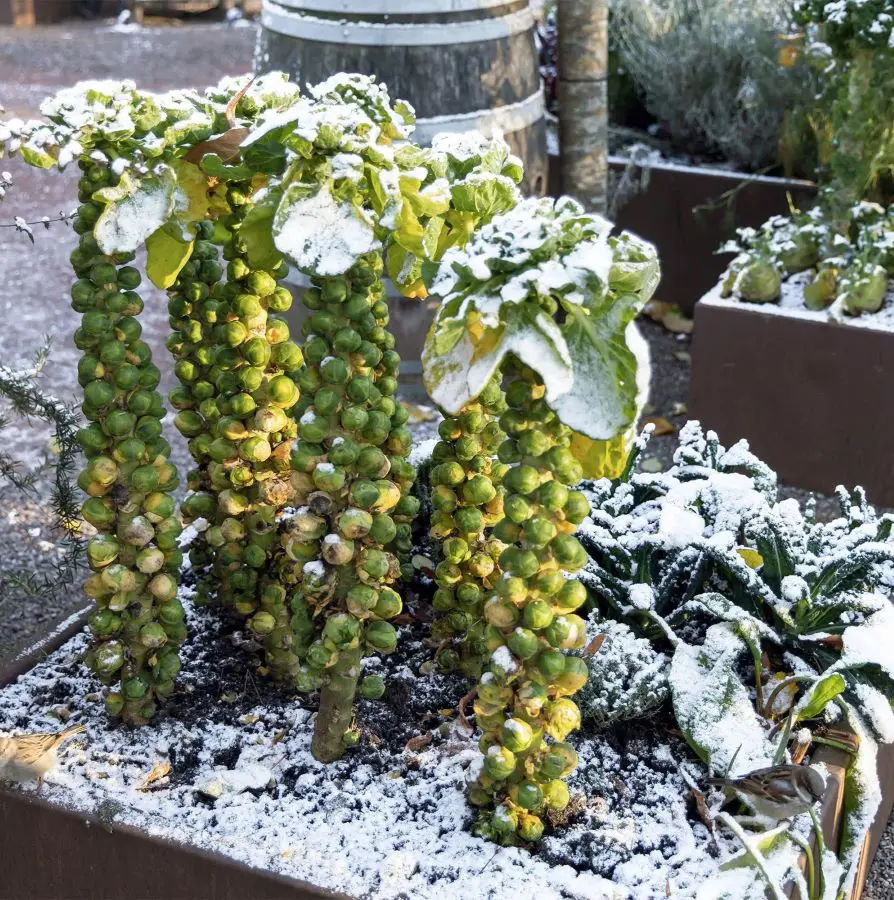
Pushing plant hardiness zones means growing plants that usually wouldn't thrive in a certain area by using special care and techniques. Gardeners might want to try growing a plant that's not usually tough enough for their zone.
If you want to try this approach, here are some quick tips for doing it:
- Choose plants that can handle a bit more cold or heat than what's normal for your area.
- Use things like mulch, covering plants, or making temporary shelters to protect them from really cold weather.
- Plant them in places in your garden where they're protected from the wind and cold, like near buildings or walls.
- Stay up-to-date about what the weather's like in your area, and be ready to protect your plants if it gets too cold.
- Start with just a few plants and watch how they do it closely.
But this approach is risky, and you might need to take extra good care of the plant to help it survive. Some plants might be able to handle it, but there are lots of other things that can affect how well a plant does in a certain place
Risks of Pushing Plant Hardiness Zone
Trying to grow plants in zones where they don't naturally thrive comes with risks and things to think about:
- Lower Chance of Survival: Plants pushed too far might not make it, growing slower, being unhealthy, or dying.
- Additional Expenses: Taking extra care of these plants, like using mulch or heaters, can cost more.
- Lots of Time: It takes a lot of watching and looking after these plants to make sure they stay healthy.
- Unsure Results: Even if you plan well, plants might not make it when pushed too far.
- Environmental Impact: Using lots of energy, like heaters or lights, to grow plants in places they don't belong can hurt the environment, making more greenhouse gases and other bad things.
Learning Resources
Here are some resources for learning more about advanced plant care strategies:
- Gardening Books: Look for gardening books that focus on specific topics such as microclimate gardening, plant propagation, soil health, or advanced gardening techniques. Some popular titles include "The Well-Tempered Garden" by Christopher Lloyd and "The New Organic Grower" by Eliot Coleman.
- Online Gardening Forums: Participate in online gardening forums or communities where experienced gardeners share tips, techniques, and advice. Websites like GardenWeb or Reddit's r/gardening are great places to ask questions and learn from others.
- Botanical Gardens and Arboretums: Visit botanical gardens and arboretums in your area or online to learn about specialized plant collections and advanced gardening techniques.
Companion Tools for Gardening Zones
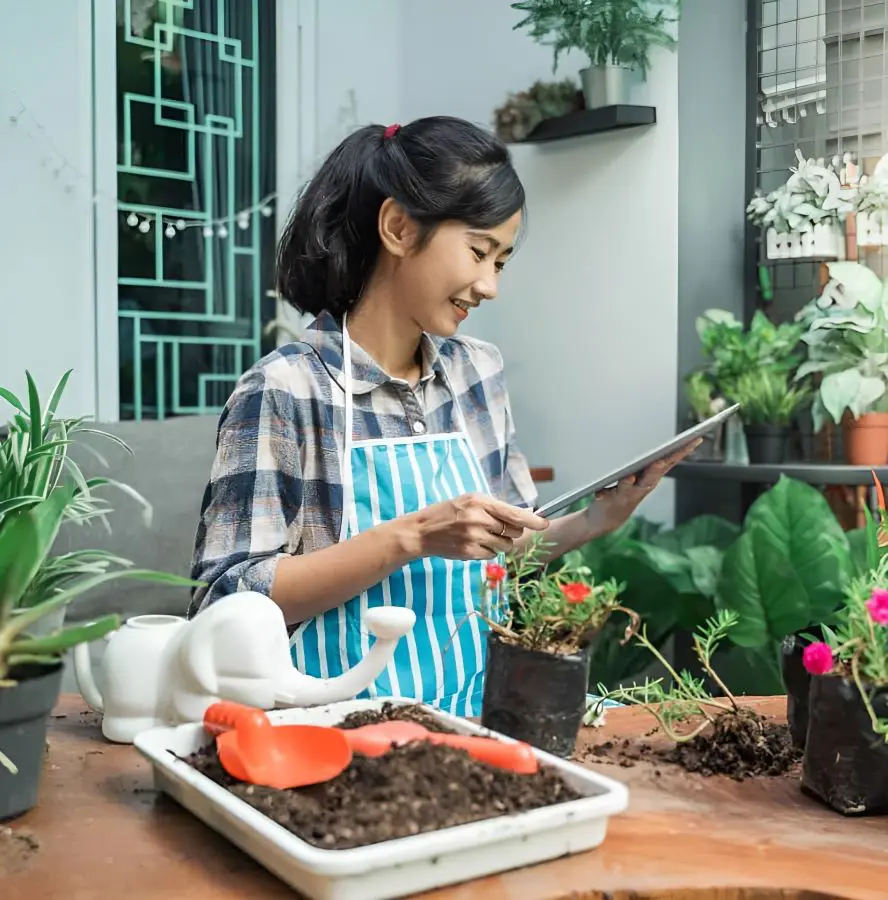
Companion tools for Gardening Zones refer to resources, guides, or tools that complement the USDA Hardiness Zone Chart for gardening. These tools are designed to provide additional information and assistance in selecting and caring for plants based on their specific hardiness zones.
Here are some extra resources to go with the USDA Hardiness Zone Chart for gardening:
- Know Your Zone and Companion Planting Guide: This book helps gardeners and farmers make the most of their plants by pairing them up strategically. It tells you which plants go well together and what conditions they need to grow best.
- Hoss Garden Planner: This planner tells you when to plant in your zone, how much space each plant needs, and other important details to help you plan your garden just right.
- Southern Seeds Blog: This blog helps you understand how to use USDA Hardiness Zones for gardening. It talks about why these zones are important and how you can use them in your garden.
- EarthBox Learning Center: It is like the USDA Plant Hardiness Zone Map. It helps you figure out which plants are best for your area. It's a handy tool for picking plants based on where you live.
Here are specific websites and tools that can complement the USDA Hardiness Zone Chart for refining plant selection:
- HappySprout: This website provides helpful tools such as the USDA Plant Hardiness Zone Map, Urban Farmers Planting Map, Woodies Garden Goods Map, and the Plant Heat Zone Map.
- Chelsea Green Publishing: It offers valuable insights into choosing the right planting site. They cover various factors like soil composition, hardiness zones, microclimates, sunlight exposure, and more, helping you make informed decisions about where to plant your garden.
- GrowVeg Garden Planning App: The GrowVeg app offers garden planning tools, including the ability to design your garden layout and select plants based on your gardening zone.
- The Old Farmer's Almanac Garden Planner: This online tool provides customizable garden plans tailored to your specific location and gardening zone.
Growing Plants Beyond Gardening Zones

While understanding hardiness zones is crucial for plant selection, it's equally important to consider individual plant needs beyond just these zones. Factors like sunlight exposure, soil type, and moisture requirements play significant roles in determining a plant's success in your garden.
- Sunlight: Different plants have varying sunlight needs, ranging from full sun to shade. Understanding the sunlight conditions in your garden helps you choose plants that will thrive in your specific environment.
- Soil Type: Plants have preferences for certain soil types, such as sandy, loamy, or clay soils. Knowing your soil type allows you to select plants that are well-suited to its characteristics, ensuring optimal growth and health.
- Moisture Requirements: Plants have different moisture requirements, with some preferring dry conditions while others thrive in moist or well-drained soils. Considering your garden's moisture levels helps you choose plants that can tolerate or benefit from its specific conditions.
By researching specific plant needs, you can ensure that you provide the right conditions for their growth and development. There are numerous resources available to help with plant research, including gardening books, online databases, plant tags, and local gardening experts.
Take advantage of these resources to gather information on the plants you're interested in growing.
Conclusion
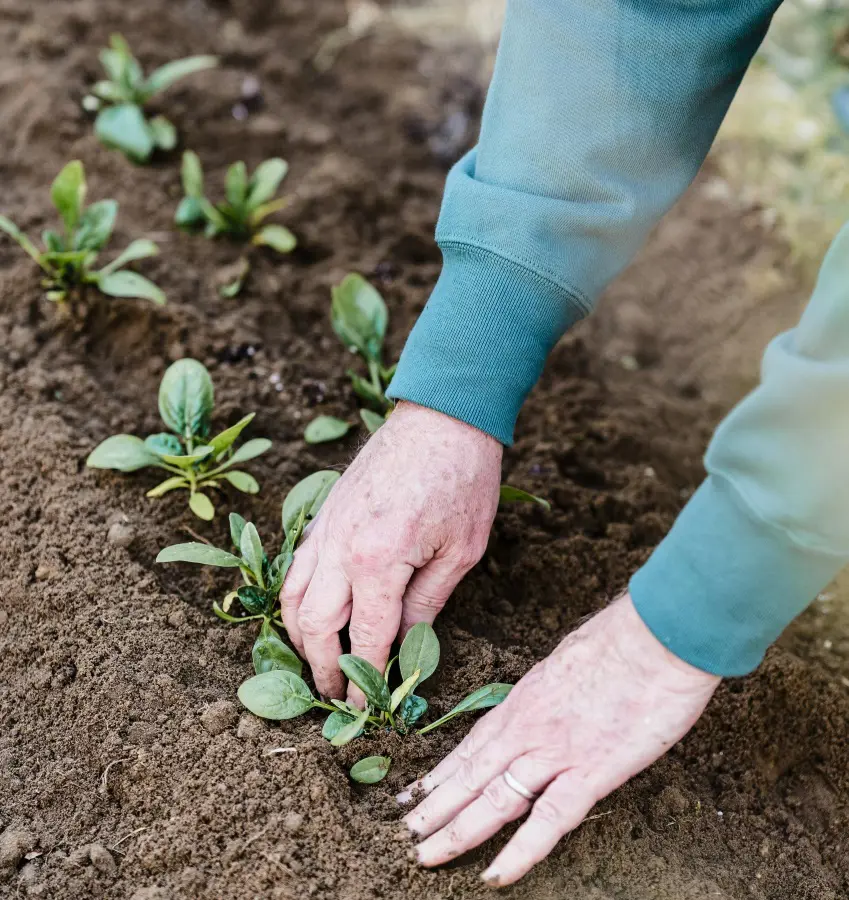
The USDA Growing Zones Chart serves as a valuable starting point for informed plant selection by providing a standardized reference for understanding the climate conditions in your area. By identifying your zone on the chart, you can choose plants that are best suited to your local climate, increasing the likelihood of successful growth and thriving gardens.
However, it's essential to use the USDA Growing Zones Chart in conjunction with other resources and research. Factors such as microclimates, soil conditions, sunlight exposure, and moisture levels also play significant roles in plant health and success. By incorporating additional information from gardening books, online resources, and local gardening experts, you can make more informed decisions and create gardens that flourish in your specific environment.
As a fellow gardening enthusiast, I encourage you to embrace the journey of cultivating green spaces and experience the joy of watching your garden thrive. Gardening is not just about planting flowers or vegetables; it's about nurturing life, connecting with nature, and creating beautiful and vibrant outdoor spaces that bring joy and inspiration to our lives. So, let's dig in, explore, and create flourishing gardens together.
Recent posts
Gardening
Gardening
How To Grow Grass From Seed? Planting And Caring Guide
Growing grass seems like an easy task. But the ones who are already into it know how much work and patience is required for its maintenance, to transform the outdoor space into a lush, green oasis. For beginners who are starting from scratch or someo...
Gardening
How To Grow, Plant And Care Milkweed From Seed
Planting milkweed from seed is one of the most satisfactory practices. It not only adds value to your garden aesthetics but also contributes essential instinct pollinators, including monarch butterflies. Many milkweed seeds germinate best when expos...
Gardening
18 Rose Colors And Their Meanings
Roses are not only elegant flowers but they also represent something more profound. Every color of a rose has its special meaning, making it a powerful tool when it comes to conveying messages in personal relationships and occasions. Ranging fr...
Gardening
When To Plant Vegetables – A Month By Month Calendar
Understanding when to plant vegetables is essential to successful gardening as timing alone can greatly affect the productivity and health of vegetables. A month-by-month planting calendar is useful because not every month is ideal for a specific pro...
Gardening
How To Prune Hydrangeas So That It Stays Healthy
The name hydrangea conjures clusters of flowers packed densely. Hydrangeas can grow in both old and old wood, and depending on the varieties, pruning time may differ. Pruning hydrangeas is a fundamental practice for gardeners wanting to maintain thei...
Gardening
How To Prune Roses With These 10 Steps
Pruning these thorn-filled plants might seem scary, but it's crucial for having abundant rose blooms. Cutting back old growth encourages new, vibrant growth, removes dead parts, and shapes the plant. This practice also reduces the risk of fungal dise...

